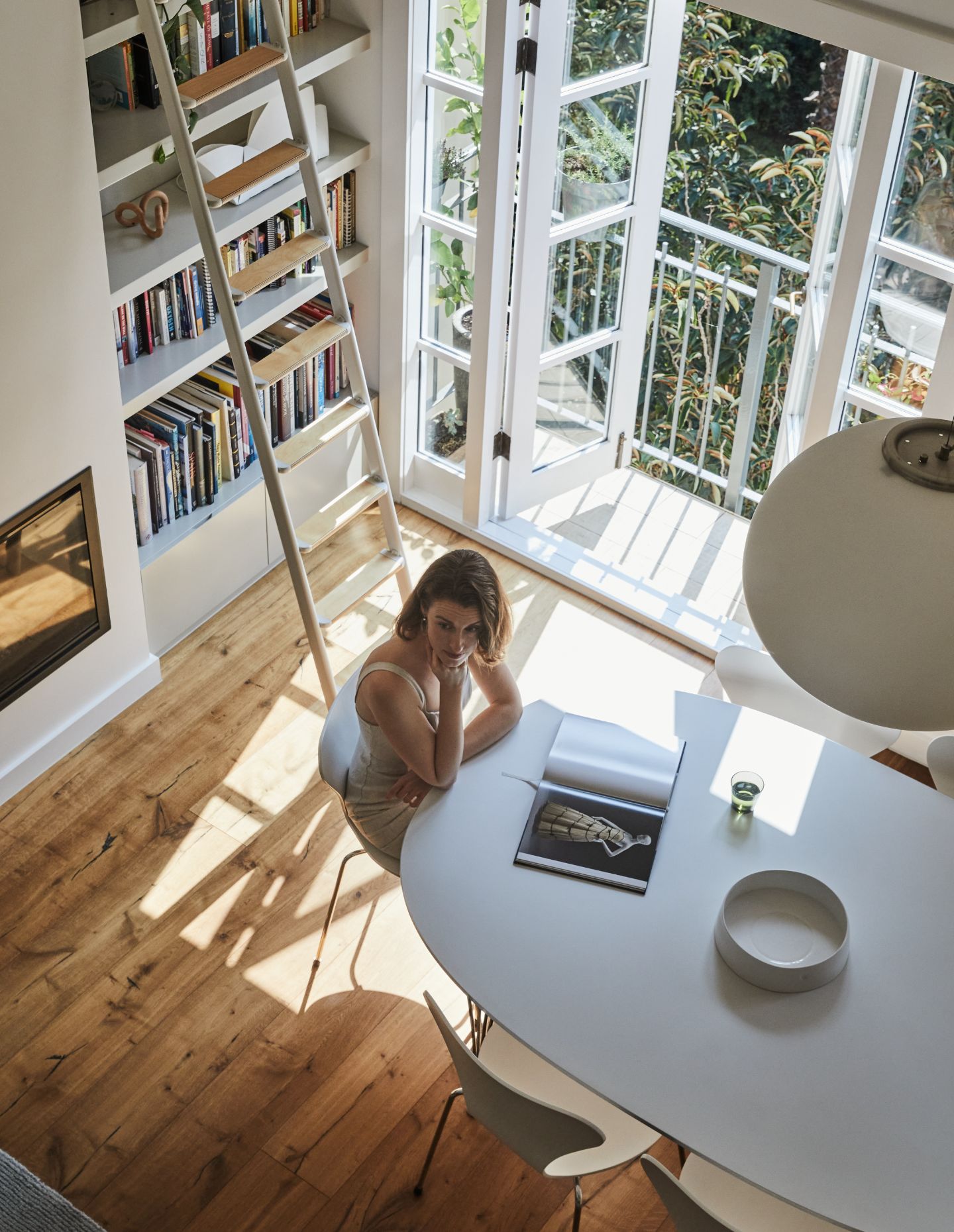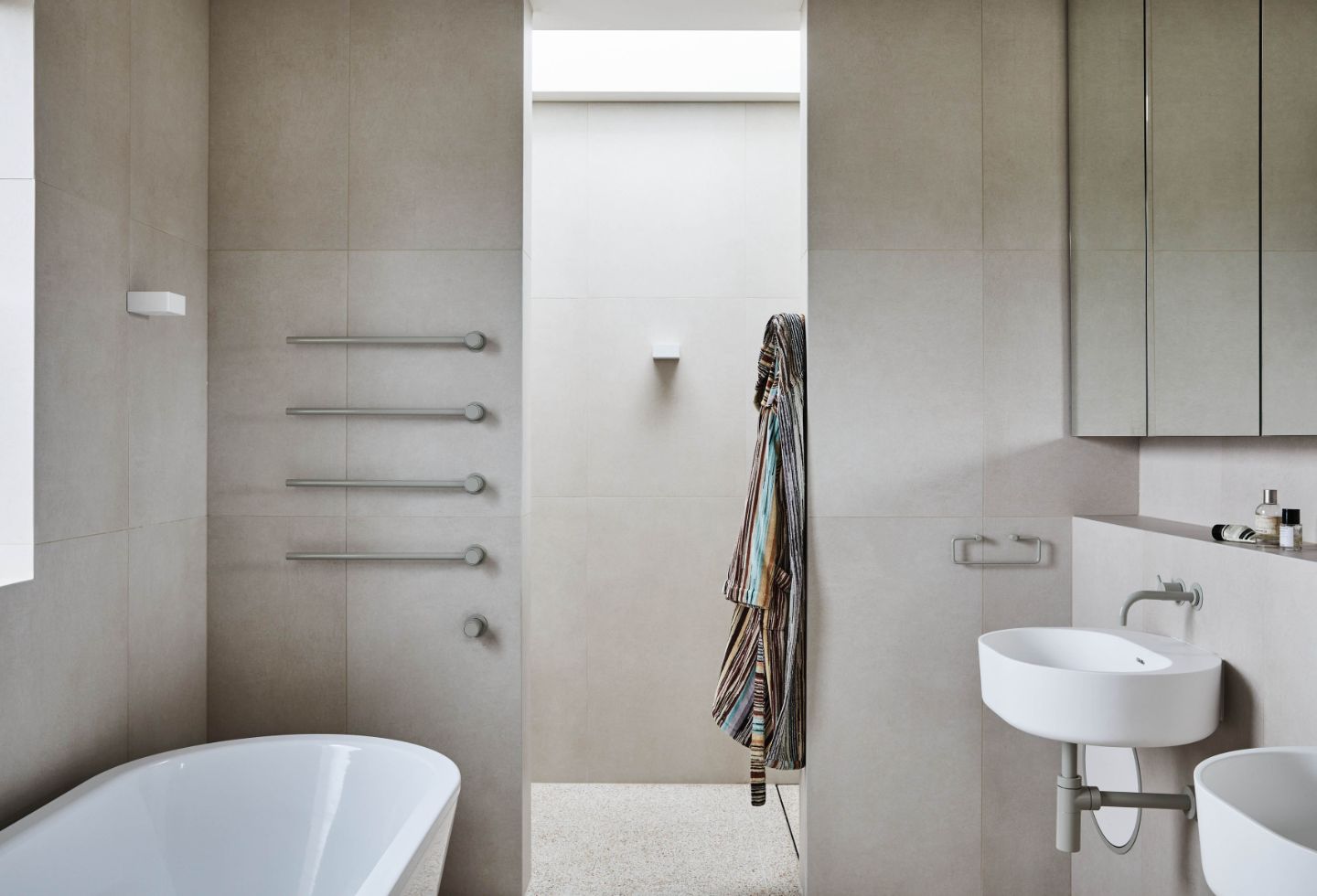This comment piece is written by Sonia Simpfendorfer MDIA, Director at Nexus Designs. Read more about the Saturday Indesign panel talk here.
In the world of architecture and interior design, we often focus on aesthetics, functionality and sustainability. But a crucial element that’s frequently overlooked is the impact of our designs on human biology, specifically our circadian rhythms.
I’ve been taking a deep dive into this subject lately, and I’m fascinated by how our surroundings impact these internal 24-hour cycles that regulate sleep, wakefulness and countless physiological processes. When they’re out of whack, you can feel exhausted and sluggish when you should feel fresh and awake, affecting everything from your mood to decision-making and even driving.
As designers, we have the power and responsibility to create spaces that optimise conditions for people to live in. At Nexus Designs, we believe thoughtful interior design can play a pivotal role in maintaining healthy circadian rhythms. We’re not just crafting beautiful interiors; we’re actively contributing to the health and wellbeing of those who inhabit our spaces.

Space planning: choreographing the day
How a space is lit, both through natural and artificial light, is critical in supporting our circadian rhythms. Imagine waking up, alarm-free, to soft dawn light filtering through your eastern windows, then moving through your day guided by the sun’s natural progression.
In our designs, we seek to orient kitchens, bathrooms and bedrooms to the east to catch that early morning light. Living and working spaces should ideally face north for light and warmth, or south for consistent daylight, whilst evening areas can face west to capture the day’s last rays.
In sun-drenched Australia, we face unique challenges in managing natural light. Introducing strategies like deciduous vine-covered pergolas in outdoor areas and combinations of sheer and blackout window coverings inside allow for seasonal adjustment to ensure comfort. We also find that well-placed skylights can work beautifully to allow natural light into daytime areas. When windows or traditional skylights aren’t possible there are ways to allow natural light in — without the heat — with the integration of products including Italian nanotechnology skylights from CoeLux or simpler, more budget-friendly local products like Illume.

Lighting and colour: orchestrating the visual environment
So what happens when the sun goes down? That’s where the art of artificial lighting comes into play. As someone who takes portable lamps on holidays to ensure good light quality, I can attest to its importance! For us, it’s all about creating a smooth transition from day to night. We implement schemes that transition from bright, cool light in the morning to warmer, dimmer light in the evening. This can be achieved through smart lighting systems or simply a combination of floor and table lamps, and strict limits to overhead lighting. This also creates a delightful little bedtime ritual of walking through the house and turning all the lamps off, a perfect wind-down meditation.
A simple start is setting a wind-down alarm on your phone to remind you to switch off bright lights in the evening. We design interiors to be lamp-lit in the evening (2700K globes), making for a much smoother transition to sleep.
While some hardcore sleep enthusiasts might use red globes after 9pm, that’s a step too far for most of us. But if you’re using a lot of screens before bed and having trouble sleeping, blue-light blocking glasses could be worth a try.
When it comes to colour schemes, while the scientific impact on circadian rhythms might be limited, we can certainly use colour psychology to our advantage. We love using fresh, light colours in the areas used in the morning, and warmer colours and finishes for spaces used for evening activities. Playing with gloss levels can help bounce light around too, enhancing the overall effect.


Beyond light: holistic design considerations
While light is the primary influence on our circadian rhythms, other factors play important supporting roles. Temperature is crucial, and automated systems that adjust temperature throughout the day to support the body’s natural fluctuations are ideal. For sleeping, a room that’s too hot is horrible, but enough warmth is important too — researchers have found that between 18-20 degrees is optimal.
Sound management is another key player. To mitigate the influence of outside noise which may disturb sleep, a simple solution can be using your ceiling fan to create low-cost, low-level white noise. Additional approaches include integrating sound absorbing materials and double glazing into the design.
Good air quality supports overall health and better sleep quality. We integrate natural ventilation strategies as well as exploring high-quality air filtration systems to ensure optimal, clean breathing environments.

The Australian context and looking to the future
In Australia we face unique challenges and opportunities in designing to support our natural rhythms. Whilst our abundant sunlight requires careful management to prevent overheating and glare, our climate allows for fantastic indoor-outdoor connections, which we can leverage to increase our natural light exposure.
As designers, we have a responsibility to make environments perform better for our clients on many levels, not just functionally and aesthetically. There are many unseen elements that should also be treated with great care. At Nexus Designs, we are passionate about following the latest research relating to chronobiology and its implications for design.
Taking clients on the journey is key, and understanding a client’s patterns of living — how and when they use spaces is vital. Far from one big gesture, the focus should be on a series of thoughtful decisions that ensures each element of the design will support an individual’s natural rhythms and wellbeing.
A key part of our process is maintaining a dialogue with our clients after the completion of a project. Understanding how our designs are influencing their daily living and wellbeing helps to provide valuable insights that we take forward to future projects.








